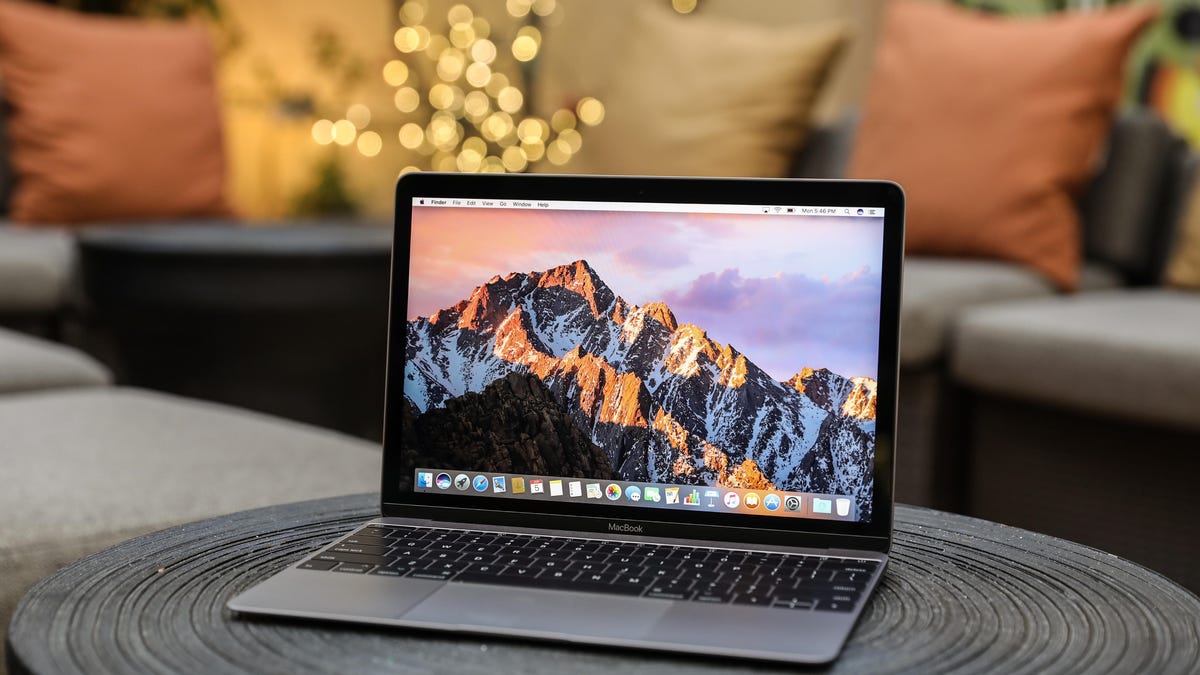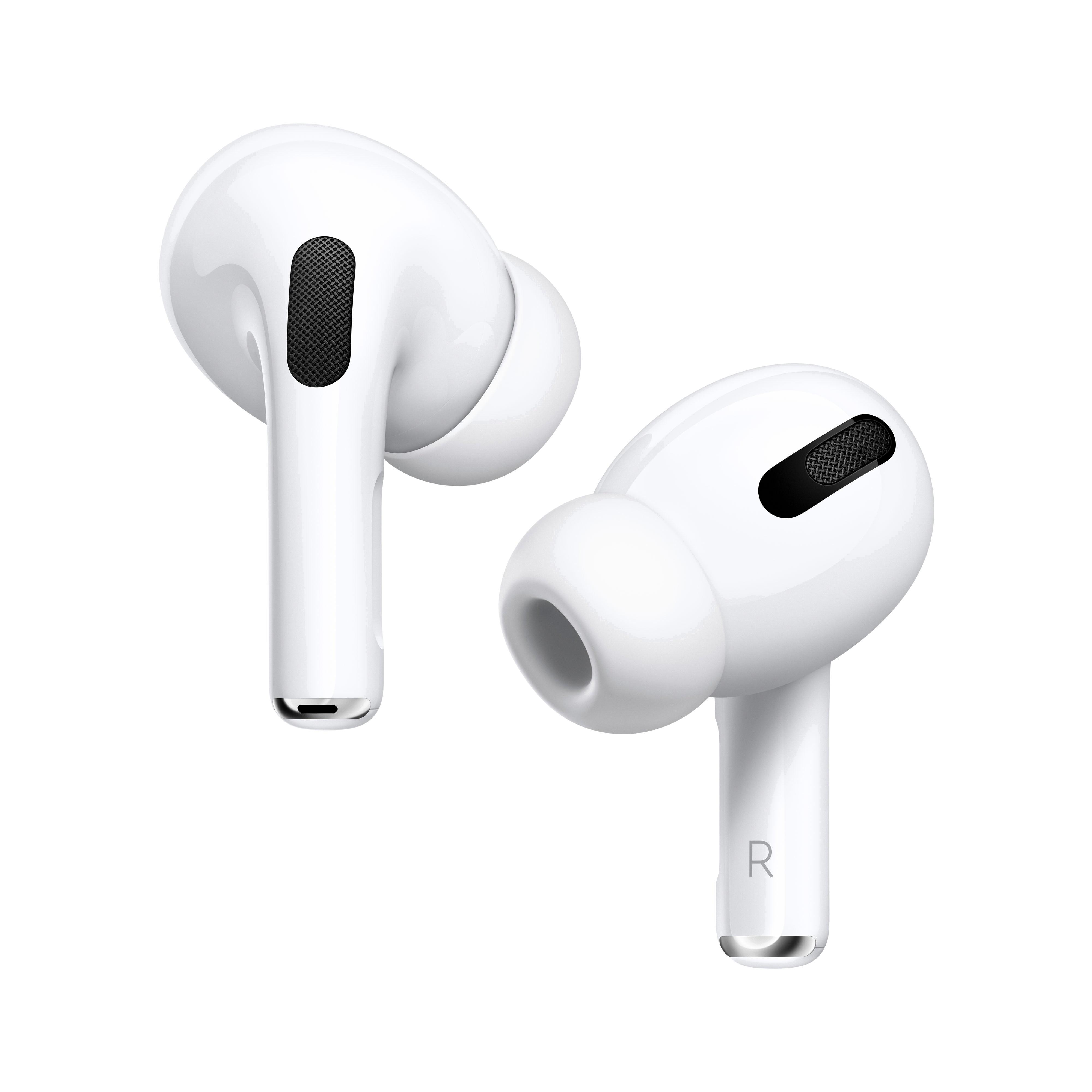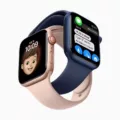Are you looking to get the most out of your MacBook? Do you want to experience your music, movies, and other content in a whole new way? If so, you may want to try using Spatial Audio on your Macbook.
Spatial Audio is an advanced audio technology that allows users to experience their content in 3D sound. It provides an immersive listening experience by allowing sound to move around the listener as if it’s coming from different directions. This type of audio technology offers a realistic and engaging audio experience that can’t be matched by traditional stereo speakers.
If you own one of Apple’s latest Macbook models, such as the M1 MacBook Air, the 14-inch MacBook Pro, the 16-inch MacBook Pro, or the Mac Studio, then you’ll be able to take advantage of Spatial Audio. You will also need to make sure that your Mac is running macOS Monterey or later in order for Spatial Audio to work properly.
To use Spatial Audio with your Macbook, start by connecting compatible AirPods (3rd generation), AirPods Pro, or AirPods Max. Then open Control Center and select Sound followed by finding your AirPods or Beats under the list. Then choose either Spatial Audio while playing multichannel content recorded in Dolby Atmos or Stereo Audio if you’d like to switch back to normal stereo sound.
In addition, you can also adjust Dolby Atmos (spatial) audio settings within the Music app settings on your Macbook. Select Music > Settings and then click Playback followed by selecting one of the options from the Dolby Atmos pop-up menu if you would like to play supported songs in a Dolby Atmos audio format.
Experience music, movies, and other content like never before with Spatial Audio on your Macbook!

Does Spatial Audio Work on Mac Computers?
Yes, spatial audio works on Mac with AirPods (3rd generation), AirPods Pro, or AirPods Max. This feature uses head tracking to make sure the sound stays fixed to the device as you move your head. To use this feature, you must have a Mac with Apple silicon and macOS 12 or later.
Listening to Spatial Audio on a Mac
To listen to Spatial Audio on your Mac, you first need to open the Control Center by clicking the Control Center icon in the menu bar. Once the Control Center is open, click Sound and find your AirPods or Beats in the list (for example, “Tim’s AirPods”). When you have selected your headphones, choose Spatial Audio while you’re playing multichannel content recorded in Dolby Atmos. If you want to switch back to normal stereo audio, simply select the Stereo Audio option.
Does the MacBook Air Support Spatial Audio?
Yes, the MacBook Air has spatial audio capabilities. The latest models of the MacBook Air are equipped with Dolby Atmos technology, which provides an immersive three-dimensional sound experience. You can access this feature by going to Music > Settings in the Music app and selecting one of the options from the Dolby Atmos pop-up menu. Additionally, some third-party audio software programs may also be compatible with Dolby Atmos on the MacBook Air.
Lack of Spatial Audio Support on Mac Computers
The reason why Spatial Audio isn’t available on Mac is because it only works with Apple silicon Macs that are running the latest version of macOS Monterey. The model of your Mac must be either the M1 MacBook Air, the 14-inch MacBook Pro, the 16-inch MacBook Pro, or the Mac Studio. Additionally, you need to make sure you have a compatible audio device in order to use Spatial Audio on your Mac.
Does the MacBook Pro M1 Support Spatial Audio?
Yes, MacBook Pro M1 is equipped with Spatial Audio. Spatial Audio is a feature that provides a multi-channel sound experience to enhance the audio quality of your Mac. To use this feature, you need an M1-equipped Mac and one of the third-generation AirPods, AirPods Pro, or AirPods Max. You can download the necessary software, MacOS 12.3, by clicking on the Apple icon in your System Preferences and then selecting Software Update.
Does the MacBook 14 Include Spatial Audio?
No, the new 14-inch MacBook Pro does not have Spatial Audio. However, the 16-inch MacBook Pro does include this impressive tech. Spatial Audio is a technology developed by Apple that enhances the audio experience by providing 3D sound for movies and music. It uses algorithms to determine the position of sounds in a virtual environment, allowing for immersive and realistic surround sound. The tech also works in tandem with other features, such as AirPods Pro and HomePod mini, to create even more dynamic audio experiences.
Apps That Use Spatial Audio on Mac
Mac users can enjoy Spatial Audio with a number of popular streaming services and apps. Apple TV+ is the first major streaming service to offer Spatial Audio on Mac devices. This includes support for Dolby Atmos, Dolby Digital 5.1, and multi-channel PCM audio. Additionally, Netflix also supports Spatial Audio on Macs, as well as their iOS and Android devices. Other popular streaming services that use Spatial Audio on Macs include Disney+, Hulu, Amazon Prime Video, and HBO Max.
In addition to streaming services, there are several media players that also support Spatial Audio on Macs. These include VLC Media Player for macOS, which supports Dolby Atmos up to 7.1 channels, DTS:X up to 7.1 channels, and multi-channel PCM audio up to 8 channels. The popular video player Elmedia Player PRO offers support for Dolby Digital 5.1 audio and multi-channel PCM audio up to 8 channels as well.
Finally, Air Video HD is a popular app for playing local files from your Mac device in true surround sound with 5.1 or 7.1 channel support thanks to its built-in Surround Sound feature in the Audio settings section of the app. FE File Explorer is another option that supports DTS 5.1 audio playback but does not offer surround sound capabilities due to current compatibility limitations with macOS devices.
Does the MacBook 13 Support Spatial Audio?
Yes, the MacBook 13 (13-Inch, 2020) does support Spatial Audio as long as it is running macOS Monterey or later. Spatial Audio allows you to experience surround sound with audio content that’s optimized for a three-dimensional soundstage. It also enables users to adjust the sound profile and customize their listening environment with enhanced bass, clarity, and surround settings.
Does Spatial Audio Work With Spotify on Mac?
Yes, Spotify for Mac now supports Spatial Audio on AirPod Pros and other supported headphones. This feature is enabled by adding a plugin to the app and requires no additional effort from developers. The simulated Spatial Audio feature in macOS Monterey creates an immersive 3D experience with enhanced clarity, sound separation, and depth for listeners.
Enabling Dolby Atmos on Mac
To enable Dolby Atmos on your Mac, you will need to update your Mac to the latest version of macOS. Then, open the Apple Music app and click on Music > Preferences or Music > Settings in the menu bar. In the Playback tab, select the option for Automatic, Always On, or Off. Once enabled, you will be able to experience Dolby Atmos sound with compatible music tracks and movies.
Does the MacBook Pro 14 Include Dolby Atmos?
Yes, the MacBook Pro 14 comes with Dolby Atmos support for videos and songs. The high-fidelity six-speaker sound system includes two pairs of dual force-canceling woofers and two tweeters for a robust and high-quality audio experience. Enjoy Spatial Audio with Dolby Atmos which provides an immersive sound experience.
Conclusion
In conclusion, spatial audio on Macbook is an exciting new feature that can provide an immersive audio experience. It is enabled by Apple Silicon Macs running macOS Monterey and requires compatible AirPods or Beats audio devices. Spatial audio works best with multichannel content recorded in Dolby Atmos and provides users with a realistic sound that follows the movement of their heads as they move around. With this feature, Macbook users can enjoy an even richer listening experience than ever before.








